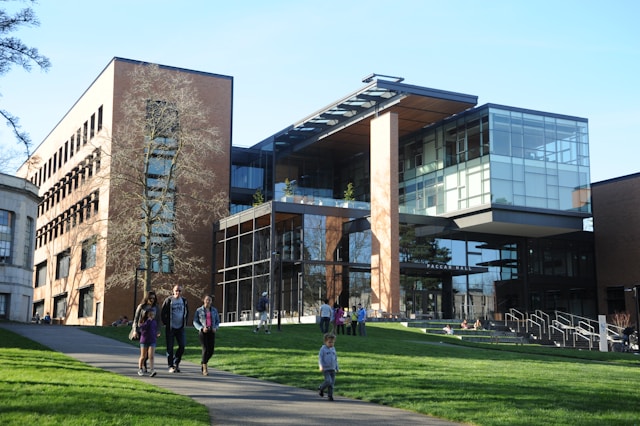Conducting user interviews is a valuable method for gathering insights, understanding user needs, and validating product ideas. Here’s an overview of the process along with real-time examples:
- Define the Purpose and Goals: Clearly define the purpose of the user interviews and the specific goals you want to achieve. This could include understanding user pain points, gathering feedback on a new feature, or validating assumptions about user behavior.
Example: Let’s say you’re a Product Manager for a task management application, and you want to gather insights on how users prioritize tasks and their frustrations with existing task management tools.
- Identify Target Users: Define the target user group you want to interview based on your product’s target audience and the goals of the interviews. Aim for a diverse sample that represents different user segments and user behaviors.
Example: You might decide to interview both professional project managers and individual users who use task management apps for personal organization.
- Prepare Interview Questions: Develop a set of open-ended interview questions that will help you uncover valuable insights. Start with broad questions about the user’s context and behaviors, then move into specific topics related to your goals.
Example: Some questions could include:
- Can you describe your typical workflow for managing tasks and priorities?
- What frustrations or challenges do you encounter with existing task management tools?
- How do you decide which tasks to prioritize?
- Conduct the Interviews: Schedule and conduct the user interviews, either in person, over the phone, or through video conferencing. Ensure a comfortable and relaxed environment for the participants. Start with a warm-up question to build rapport, and then progress through the prepared questions, actively listening to their responses and probing further for more details.
Example: During the interviews, listen attentively to the users’ descriptions of their workflows, pain points, and decision-making processes. Ask follow-up questions to dig deeper into their experiences and gather specific examples.
- Analyze and Synthesize the Insights: Once the interviews are completed, review the interview notes and recordings to extract key insights and patterns. Look for common themes, pain points, and opportunities for improvement.
Example: After analyzing the user interviews, you might discover that users struggle with task prioritization due to a lack of visibility into their overall workload and dependencies. This insight could inform the development of a new feature that provides better visibility and enables effective prioritization.
- Share Findings and Take Action: Prepare a summary report or presentation that highlights the key findings and recommendations based on the user interviews. Share these insights with the relevant stakeholders, such as the product team, design team, and development team, and use the findings to guide decision-making and product enhancements.
Example: Present your findings to the product team and discuss potential solutions, such as incorporating a visual workload overview or introducing task dependencies, based on the user insights gathered during the interviews.
Remember, user interviews are just one part of the user research process. It’s important to complement them with other research methods, such as surveys, usability testing, and analytics data, to gain a comprehensive understanding of user needs and behaviors.

Leave a Reply